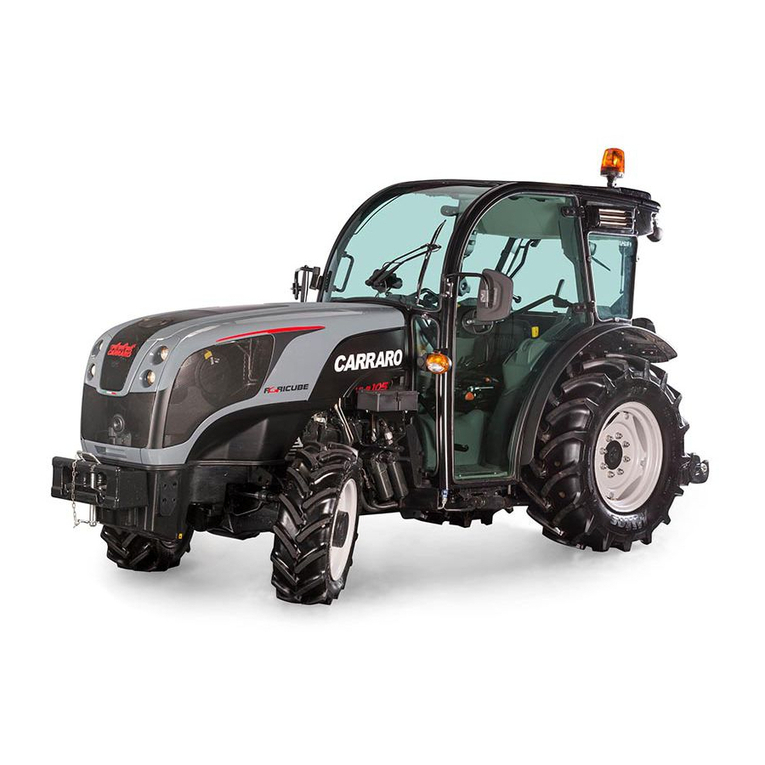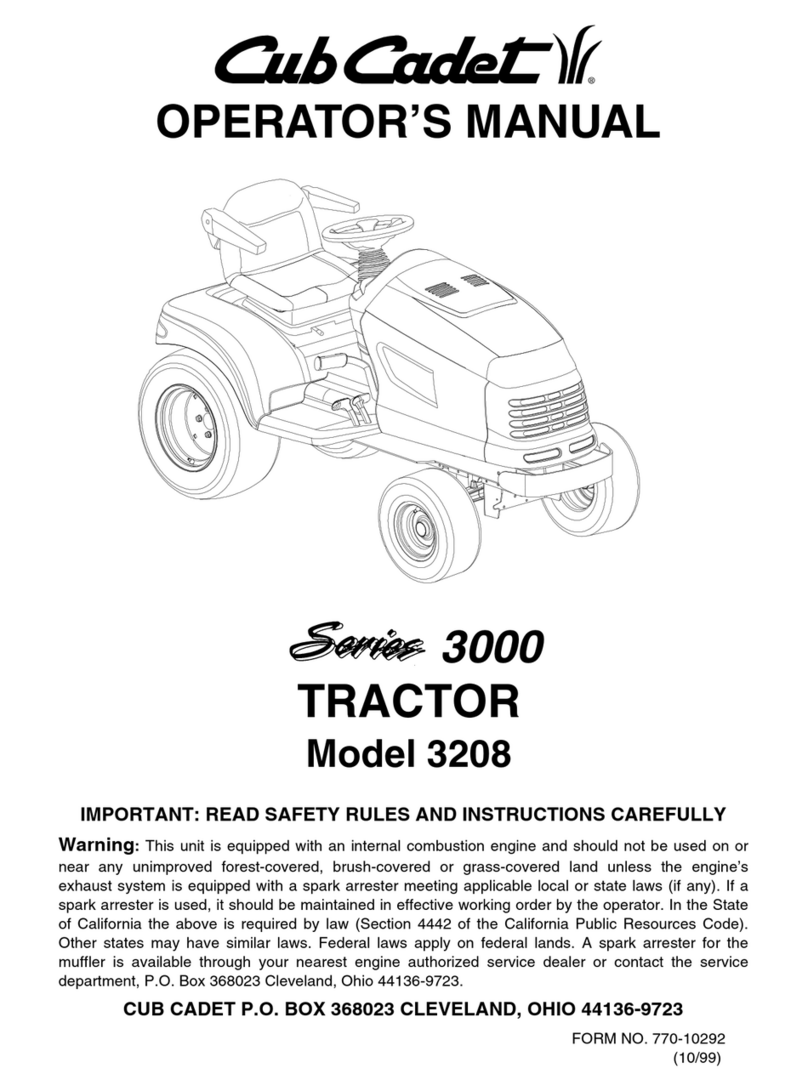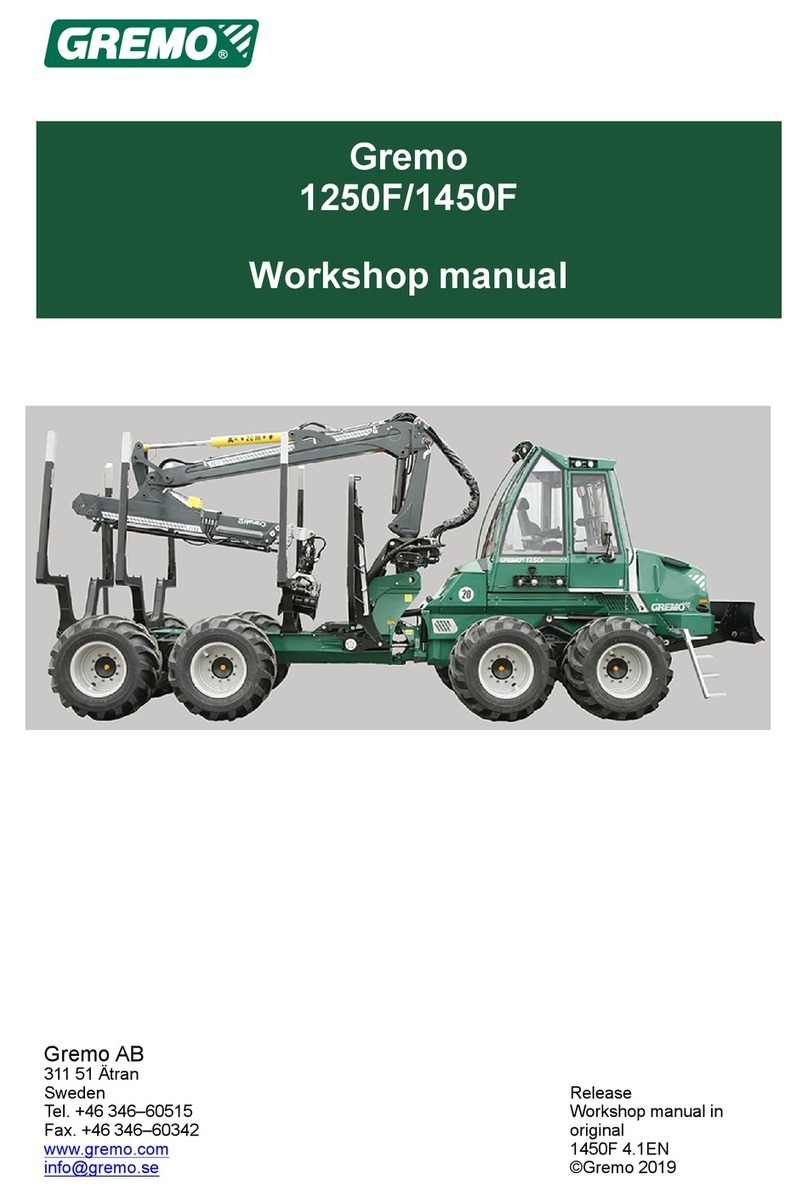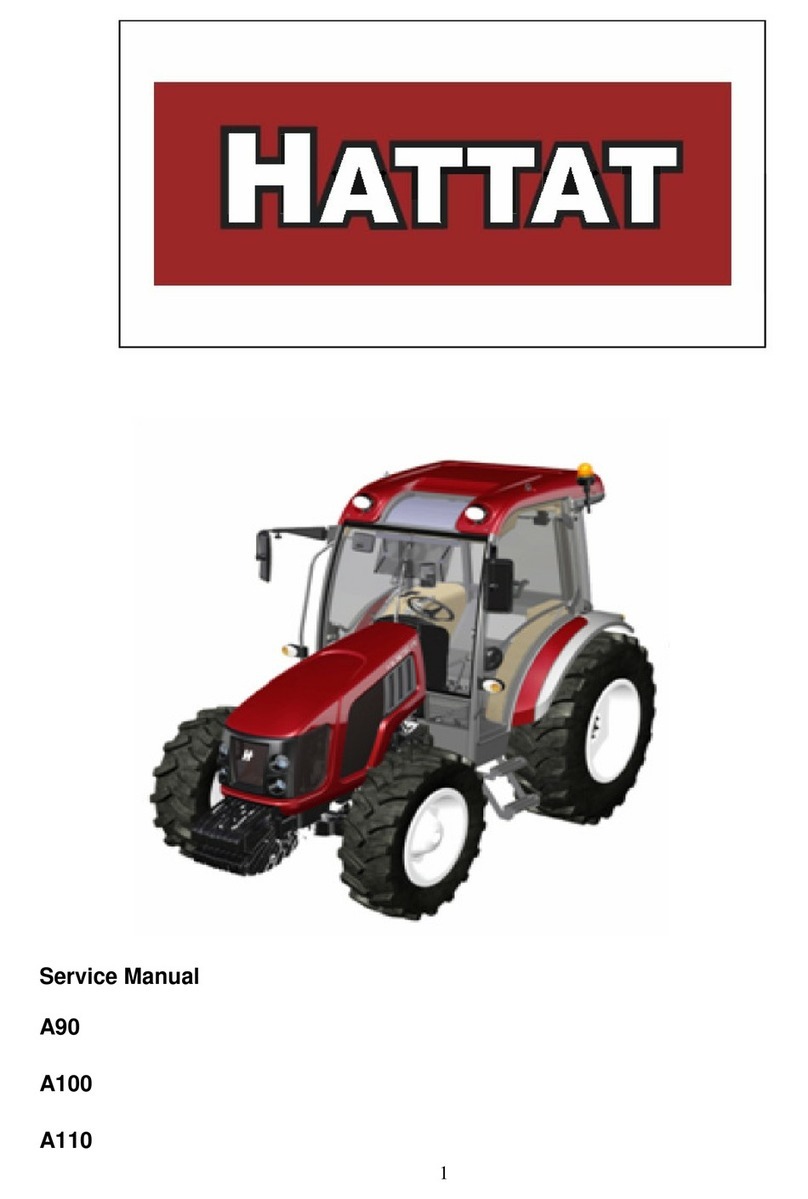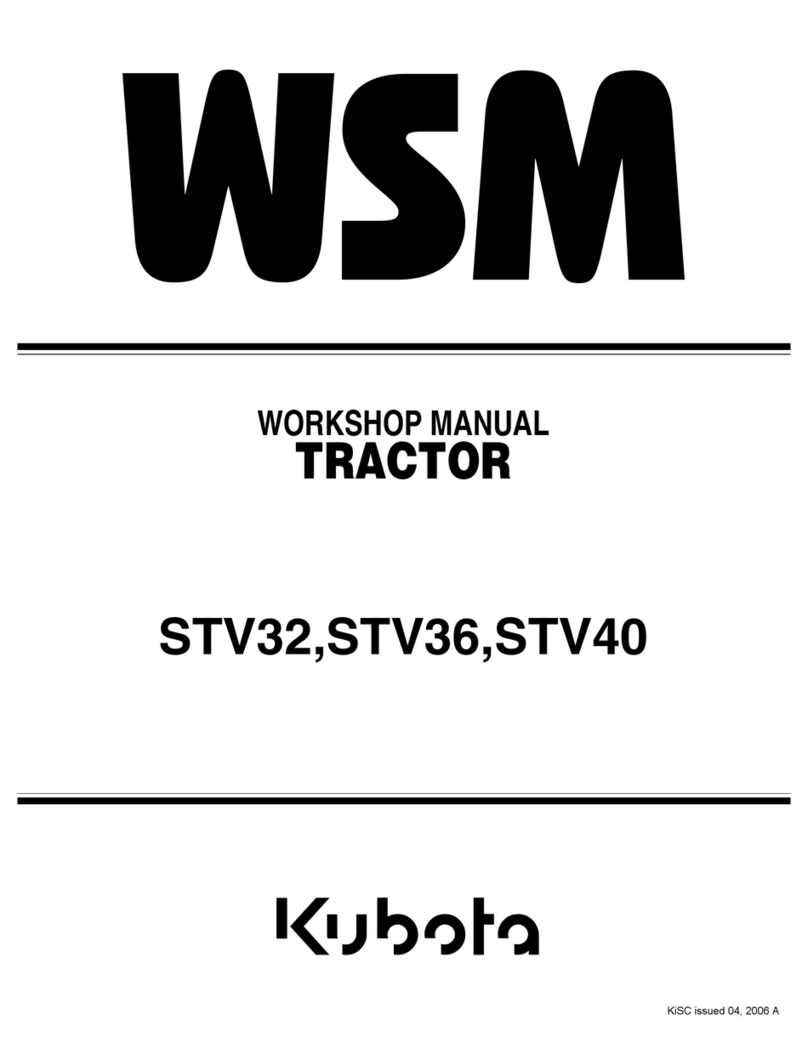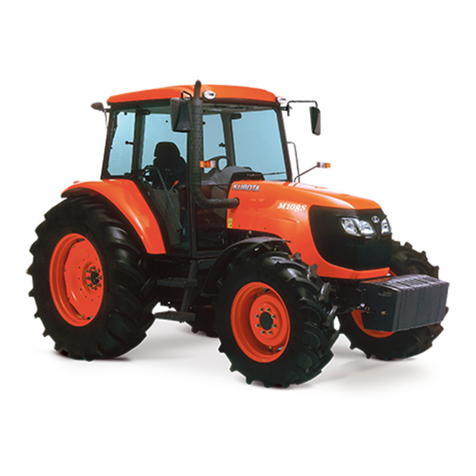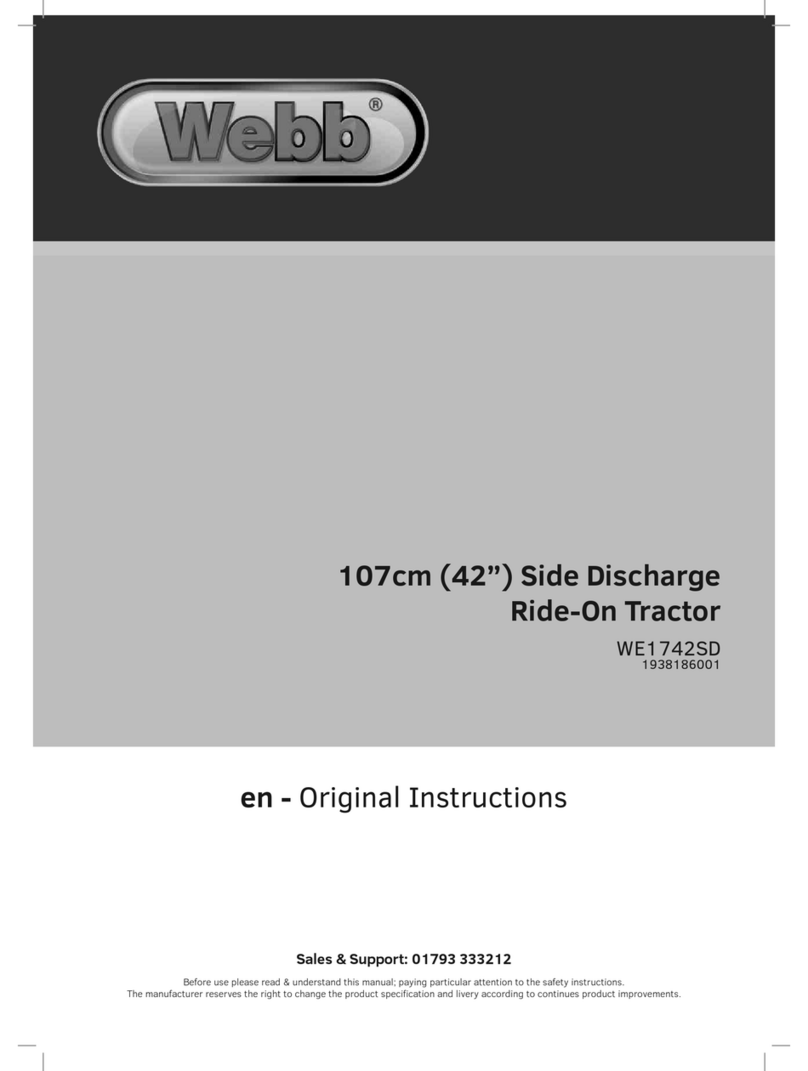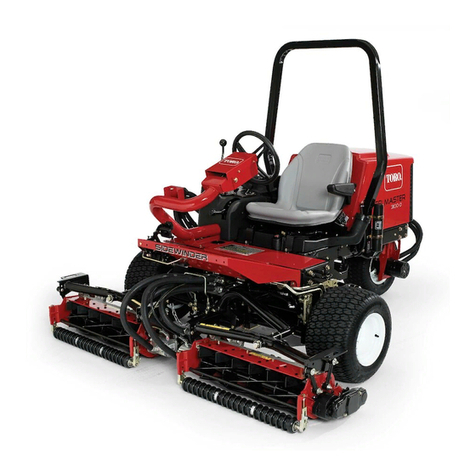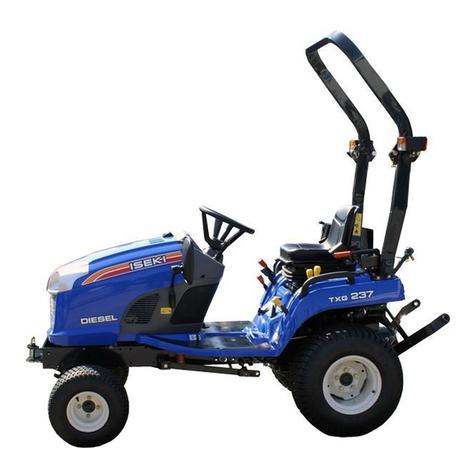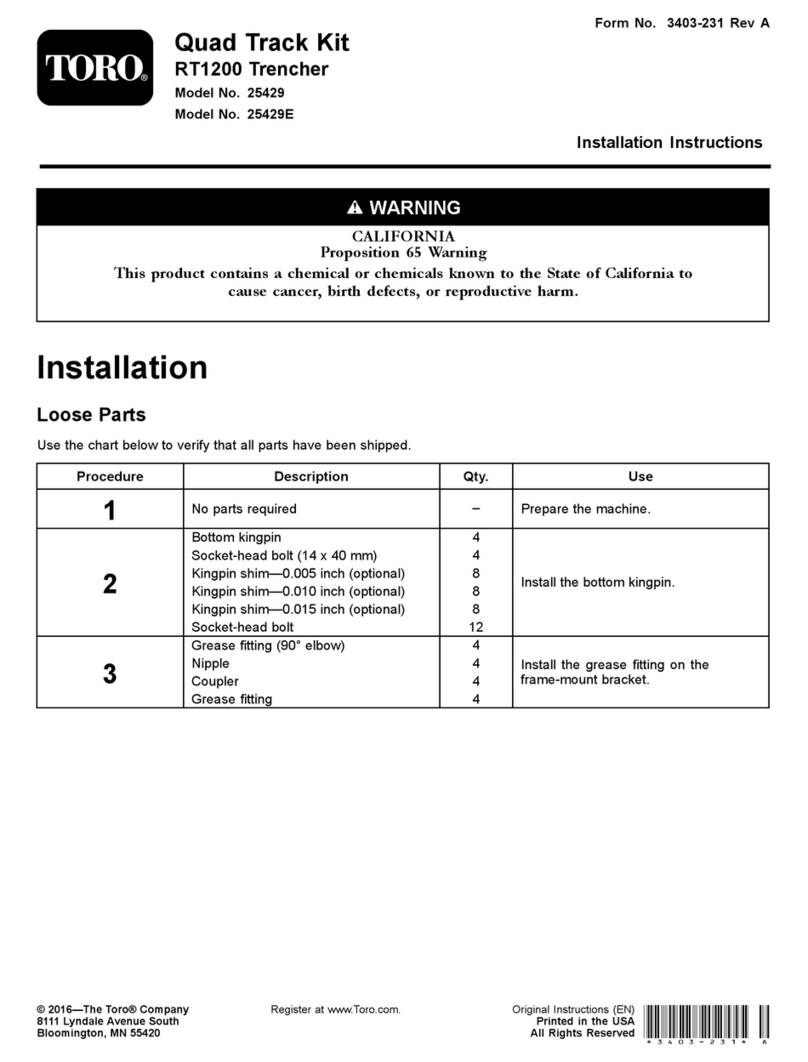Bolens 1463 Guide
Other Bolens Tractor manuals

Bolens
Bolens 1053 User manual

Bolens
Bolens Husky 1253-02 Installation guide

Bolens
Bolens Husky 1476 Guide

Bolens
Bolens 15FE-01 User manual

Bolens
Bolens 600 Series Installation and operating manual

Bolens
Bolens G-14 User manual

Bolens
Bolens 1253-01 Installation guide

Bolens
Bolens DuraTrac 5117H User manual

Bolens
Bolens 1886s-05 User manual

Bolens
Bolens Husky 1476 User manual

Bolens
Bolens TX1502 Guide

Bolens
Bolens TEN-FIFTY 192-02 Installation guide
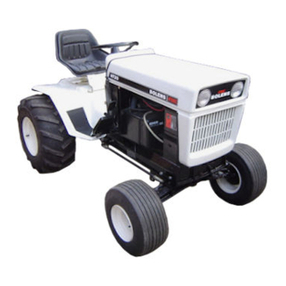
Bolens
Bolens HT-20 User manual

Bolens
Bolens 1463 Guide

Bolens
Bolens Husky 600 User manual

Bolens
Bolens 13048 Owner's manual
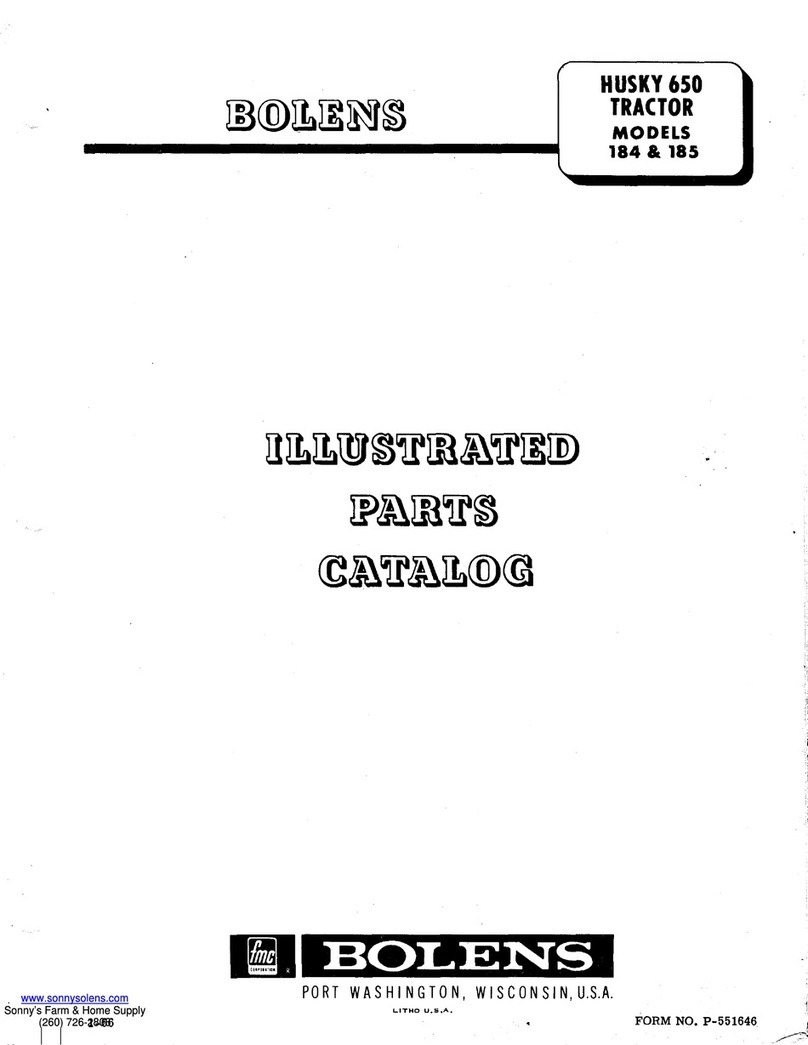
Bolens
Bolens 184 Instruction Manual

Bolens
Bolens QS Series User manual

Bolens
Bolens Husky 900 User manual

Bolens
Bolens H-14 Guide





